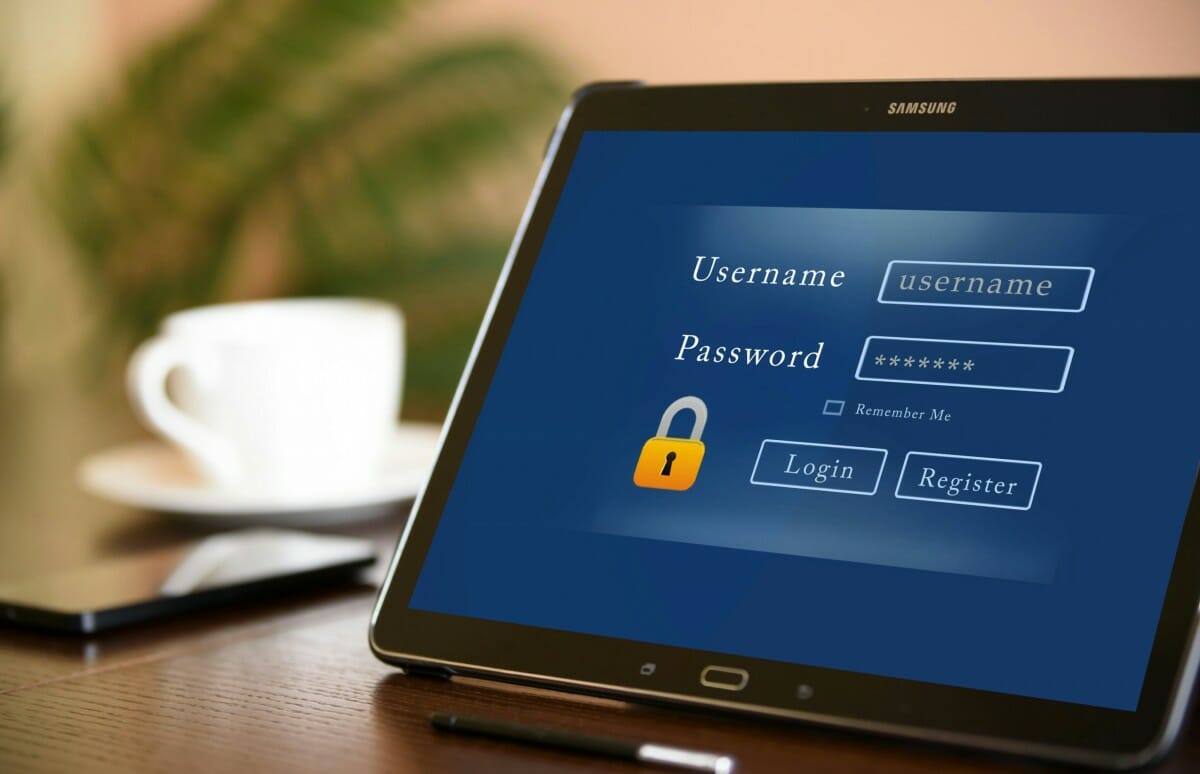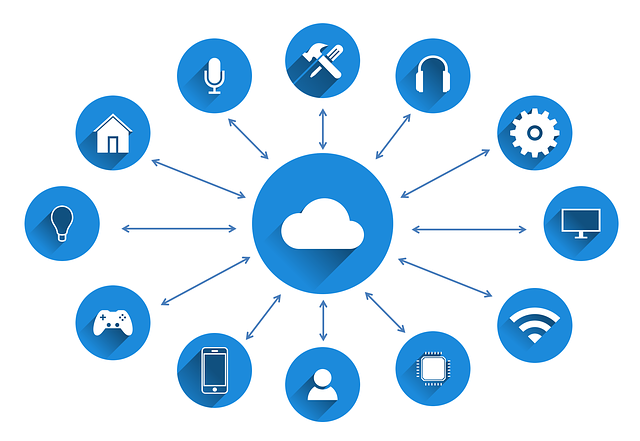Table of Contents
Even though most individuals have handed their personal information to their favorite applications and social media sites (whether they realize it or not), digital privacy issues still exist. Your gadgets are listening to you. Your emails have been scrounged. Your search history has been sold to a third party. If you're not paying for it, you're the product, as the expression goes. How can you gain back your privacy, and protect yourself in the future? This guide will help you stay safe and secure while utilizing your home computer, smart speaker and other common devices.
5 Ways to Protect Your Digital Privacy at Home
1. Use a VPN
The previous recommendation from cybersecurity professionals was to use a Virtual Private Network (VPN) while connecting to an insecure or public WIFI network (VPN). Public Wi-Fi networks in airports, coffee shops, and other venues that provide free Wi-Fi can be used to commit identity theft. Because the bulk of online traffic conducted over public Wi-Fi is in plain text, cybercriminals may easily intercept your browsing habits and steal all of your personal information. However, using a VPN at home on your Windows or Mac laptop, phone, tablet, or computer can provide users with privacy protection and other benefits. A VPN protects your personal information by encrypting it and sending it across the network via a virtual tunnel, making it almost impossible for hackers to access it. This means your information like location and IP address is protected from your internet service provider, hackers, and anyone looking to snoop on your browsing history.

2. Create strong passwords, passphrases
Creating strong, unique passwords is easier than you think! A 2 letter difference at the end of a complex password can make it unique for every account/website and will strengthen the complexity by adding additional characters. Here are the basics for creating strong passwords:
Do use upper and lower case characters
Do use special characters and numbers
Do use a unique password for each account you have
Don't use dictionary words like Dog, Baseball or Zebra
Don't use your username or any other identifying information
Don't use personal information such as your name, address, or significant dates. e.g., birthdays, anniversaries, alma mater, etc.

Use the website Have I Been Pwned? to cross-reference your email address with hundreds of data leaks and see if your information may have been compromised.
Enabling 2FA or two-factor authentication is the easiest way to add a layer of security to your home network devices. Most of the popular websites and software programs you use offer 2FA. This means they can give you a text or a warning through Google Authenticator before your login is verified on the application. Use two-factor authentication on all services wherever possible to mitigate cyber-attacks. 2FA and MFA (multi-factor authentication) can encrypt email, banking, payroll, and other sensitive accounts and protect them from malware and spyware.
3. Check the settings on your smart speaker.
Have you ever utilized a virtual assistant such as Siri or Alexa from Amazon? Have you ever used that fancy wearable to monitor your heart rate? If you have, you've witnessed the internet of things' meteoric rise over the last several years. IoT devices, or internet of things devices, are all of the above. There are already more than 10 billion active IoT devices, with estimates that this number will rise to 25.4 billion by 2030. IoT devices provide various advantages for users, but they also have several security flaws. As their popularity grows, so does the risk of being exposed to cyber threats and assaults from cybercriminals. Updating devices, software, and hardware via automation or over a wireless network (Over-the-Air updates) for a secure IoT environment is critical. Regular upgrades will aid in reducing security threats and preventing system flaws.

4. Install an Anti Virus
The most prevalent type of malware is a computer virus. Viruses seek to propagate by attaching harmful code to otherwise harmless safe code. A user must activate some viruses before they begin their attack, while others spread spontaneously. A virus may swiftly propagate throughout your devices, causing damage to any device connected to it. Viruses can destroy files, lock people out of their devices, and disrupt service. Viruses may quickly spread through instant messaging, social media, email, and other vectors no device is immune to. Install a well-rated antivirus product to secure your network and keep this updated regularly. The same way we receive a flu shot each year to prevent new iterations of the common virus, you must update your antivirus regularly to protect against new strains that may infect your devices.

5. Don’t share personal information online.
The best way to protect yourself online is to avoid sharing personal information on social media and other websites. Hackers, identity thieves, and other malicious actors love our obsession with social sites and sharing every aspect of our lives because it makes their jobs easier. Facebook, Twitter, and Instagram have made it simpler than ever before for hackers to get identifying information like your job, location, full name, and even your address, allowing them to steal your identity or access your financial information.
For example, a quick Facebook search for the average person will present a public profile with the following information:
Full Name
Age
Marital Status
Location
Job
Mothers maiden name
School mascot
Pets names
Birthplace

Unfortunately, these are also the answers to many common security questions on our banking apps and other secure accounts. To protect your information, always set your social media profiles to "private ''. This setting is available for all popular social media accounts. Never share your exact tagged location online or especially information like your home address, Dr's office, grocery stores you frequent, or other information about your daily schedule. It is also important to protect your children's privacy online by keeping their school information private.
Protecting your privacy doesn't have to be complicated; follow these steps and use common sense.


